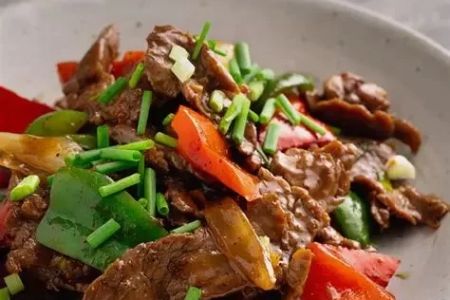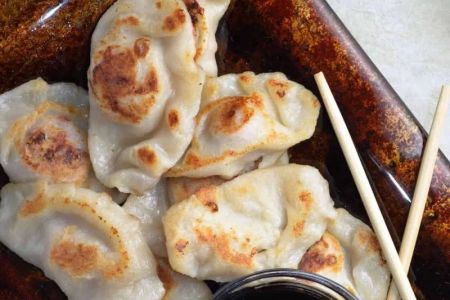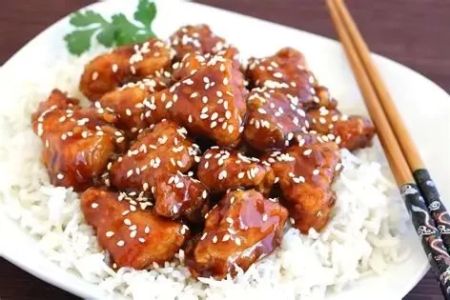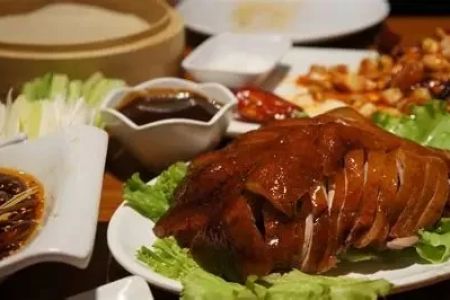- Importance of Allergen Labeling in Chinese Food
- Key Elements of Effective Chinese Food Allergen Labeling
- Challenges Specific to Allergen Labeling in Chinese Cuisine
- Real-World Examples and Insights on Allergen Labeling
- How to Access Reliable Chinese Food Products and Services
Importance of Allergen Labeling in Chinese Food
Food allergies are a critical health concern worldwide, and allergen labeling plays a vital role in protecting consumers. In the context of Chinese food, where dishes often combine multiple ingredients and complex sauces, clear allergen labeling becomes even more essential. Without proper disclosure, individuals with allergies risk exposure to peanuts, soy, shellfish, gluten, and other common allergens frequently found in Chinese cuisine.
Implementing Chinese food allergen labeling best practices not only safeguards consumer health but also builds trust between restaurants, food producers, and their customers. For families, individuals with allergies, or even those dining with cautious friends, accurate allergen information is a crucial decision-making tool. It empowers diners to enjoy authentic flavors without unnecessary risk, creating a safer and more inclusive dining environment.
Beyond health concerns, allergen transparency helps businesses comply with food safety regulations and avoid costly liabilities. As awareness around food allergies grows, restaurants that prioritize allergen labeling demonstrate responsibility and professionalism, enhancing their reputation in a competitive market.
Key Elements of Effective Chinese Food Allergen Labeling
Effective allergen labeling in Chinese food involves several essential components that ensure clarity, accuracy, and accessibility. First, listing all major allergens clearly on menus or packaging is fundamental. This includes common allergens such as peanuts, tree nuts, soy, wheat (gluten), shellfish, eggs, milk, fish, and sesame, which are often present in traditional Chinese recipes.
Second, the use of standardized allergen icons or symbols alongside ingredient lists helps customers quickly identify potential risks. This visual aid is especially helpful in busy restaurant settings where diners may not have time to read lengthy descriptions.
Third, staff training plays a crucial role in allergen safety. Servers and kitchen personnel should be knowledgeable about cross-contamination risks and prepared to answer customer questions accurately. This reduces the chance of accidental allergen exposure, which can have severe consequences.
Fourth, detailed ingredient sourcing and preparation notes add an extra layer of transparency. For example, indicating whether a sauce contains soy or if peanuts are used as garnish informs sensitive customers beyond the basic dish name.
Lastly, regular updates and audits of allergen information ensure that labeling remains accurate as menus change or recipes are modified. Consistent communication with suppliers also helps prevent hidden allergens from entering the food supply chain.
Challenges Specific to Allergen Labeling in Chinese Cuisine
Chinese cuisine’s complexity poses unique challenges to allergen labeling best practices. Many dishes incorporate multiple sauces and condiments, often made in-house with secret recipes, which complicates full disclosure. For instance, soy sauce, oyster sauce, and fermented bean pastes contain allergens that may not be obvious to all customers.
Moreover, cross-contact in busy kitchens can lead to unintended allergen presence. Woks, cooking oils, and prep surfaces often handle a variety of ingredients, increasing the risk of cross-contamination. Addressing these risks requires diligent cleaning protocols and sometimes dedicated equipment.
Language barriers and cultural differences may also affect the clarity of allergen information. Translating ingredient lists and allergen warnings into multiple languages or dialects relevant to the customer base improves comprehension and safety. Additionally, educating both staff and customers about allergen risks in a culturally sensitive manner fosters better communication.
Another hurdle is the informal nature of some Chinese food establishments, where standardized labeling might be less common. Encouraging these businesses to adopt allergen labeling best practices through community outreach or partnerships can raise overall safety standards.
Real-World Examples and Insights on Allergen Labeling
A notable example highlighting the importance of allergen labeling occurred when a popular Chinese restaurant chain faced public backlash after an allergic reaction incident linked to hidden peanuts in a signature dish. This incident prompted the chain to overhaul its allergen disclosure policies, introduce clear menu labeling, and conduct comprehensive staff training. The transparent communication following the event restored customer trust and demonstrated how prioritizing allergen safety benefits business sustainability.
Another inspiring story comes from a small family-run eatery that began implementing allergen labels after a regular customer’s severe shellfish allergy was discovered. The owners collaborated with a nutritionist to identify allergens in their recipes and redesigned their menus accordingly. This proactive approach not only protected their loyal customers but attracted new diners who appreciated the attention to safety and detail.
These cases underline how practical allergen labeling strategies and genuine care can make a difference in real dining scenarios, turning challenges into opportunities for improved service and customer loyalty.
How to Access Reliable Chinese Food Products and Services
For those seeking trustworthy sources for authentic Chinese food products or allergen-safe dining options, Chinese Food offers a comprehensive platform to explore the best shops, restaurants, and catering services. Whether you need allergen-conscious ingredients, restaurant recommendations, or expert advice on food safety, Chinese Food can guide you toward options that meet your needs.
By leveraging such trusted resources, consumers and businesses alike can make informed choices that prioritize health and flavor. Accessing detailed product information and verified services empowers everyone to enjoy the rich and diverse world of Chinese cuisine with confidence and peace of mind.








